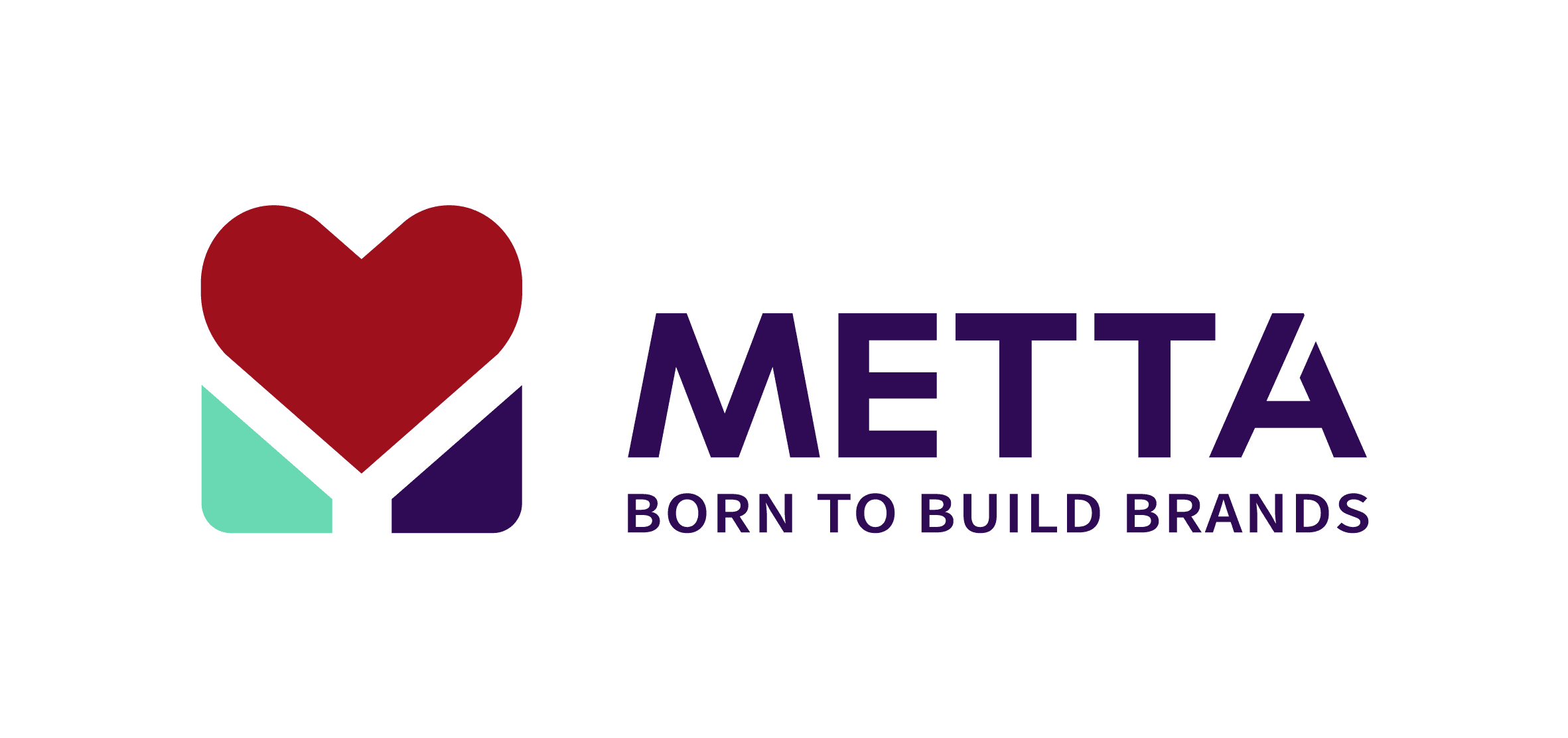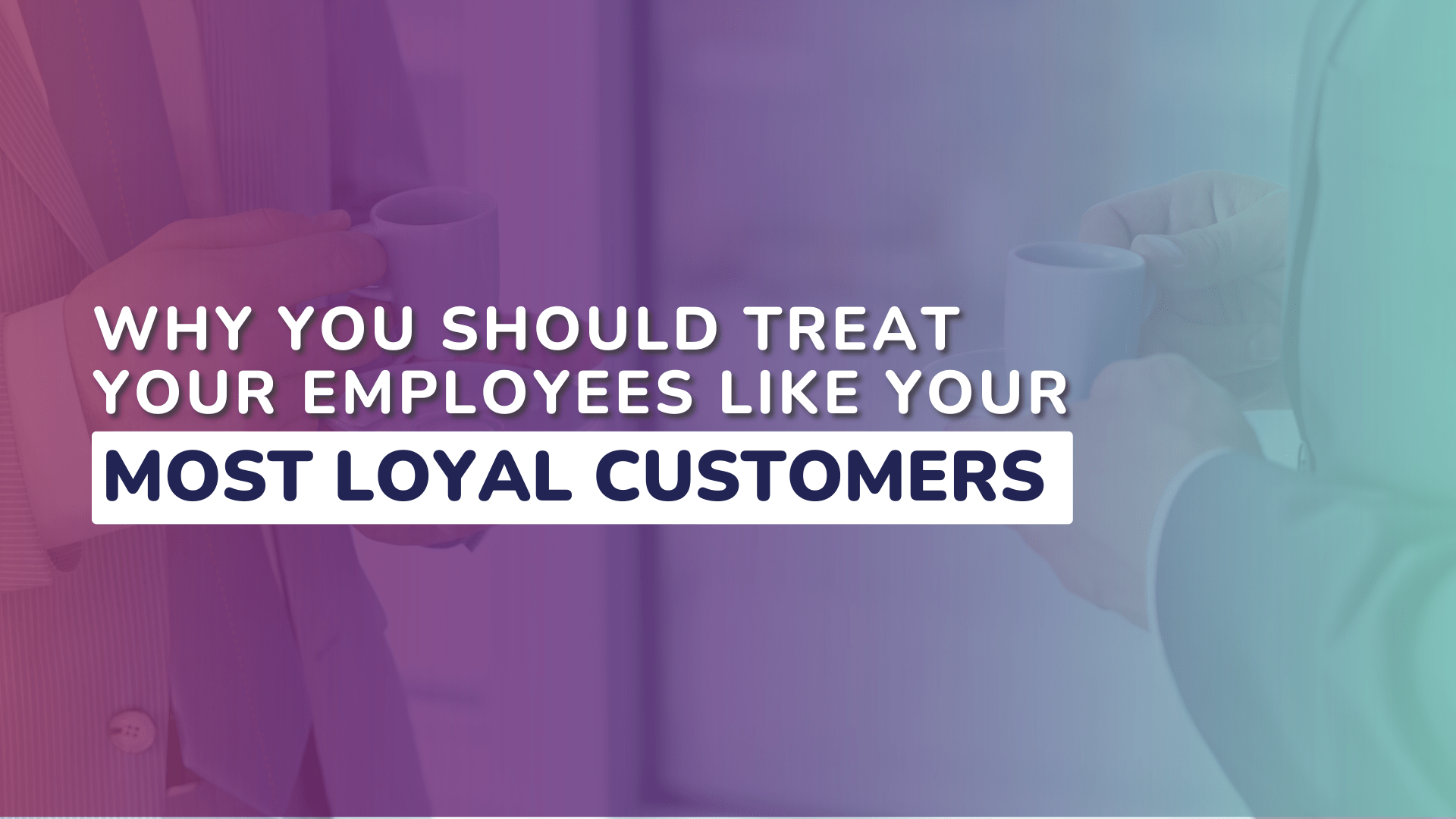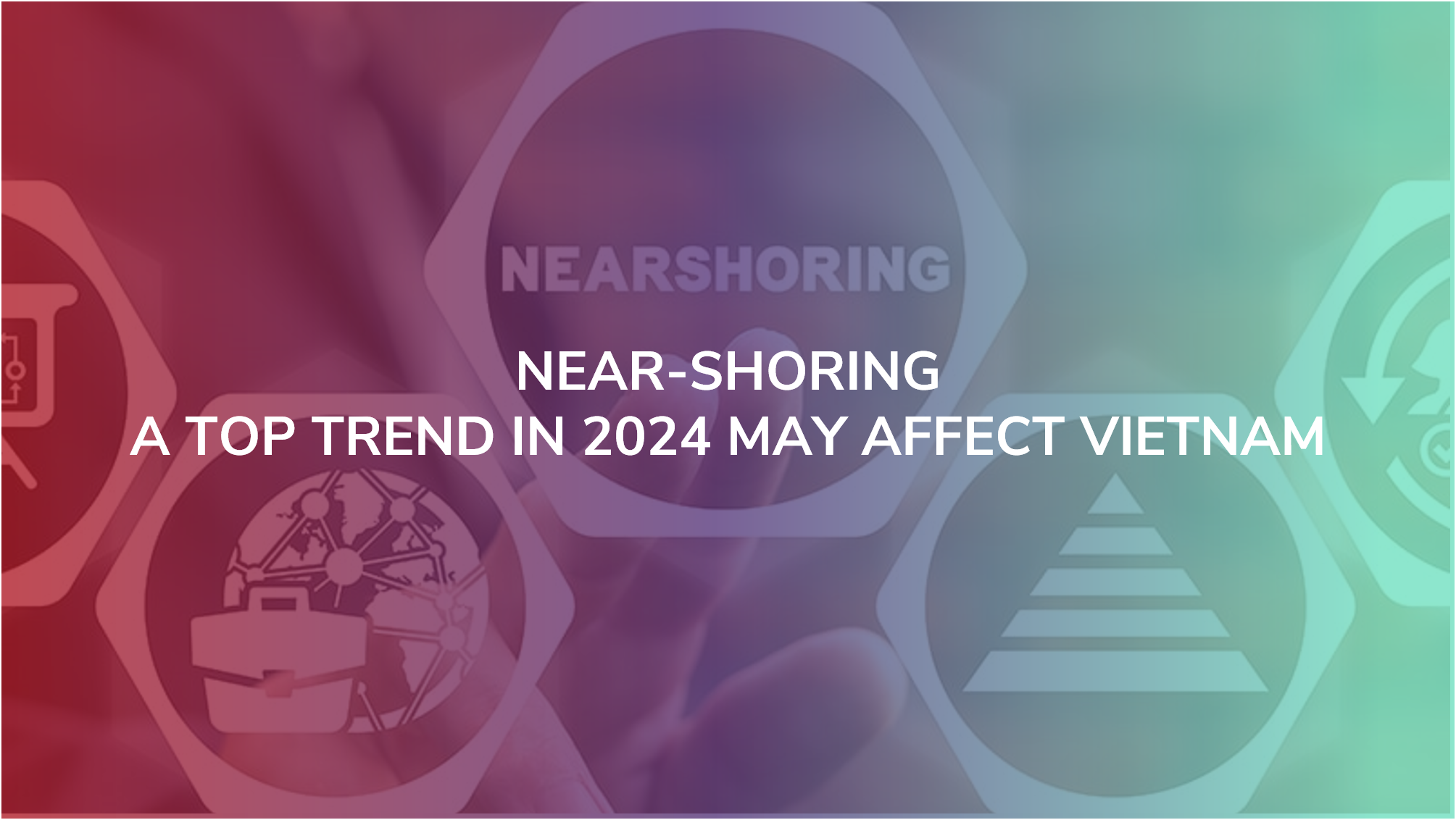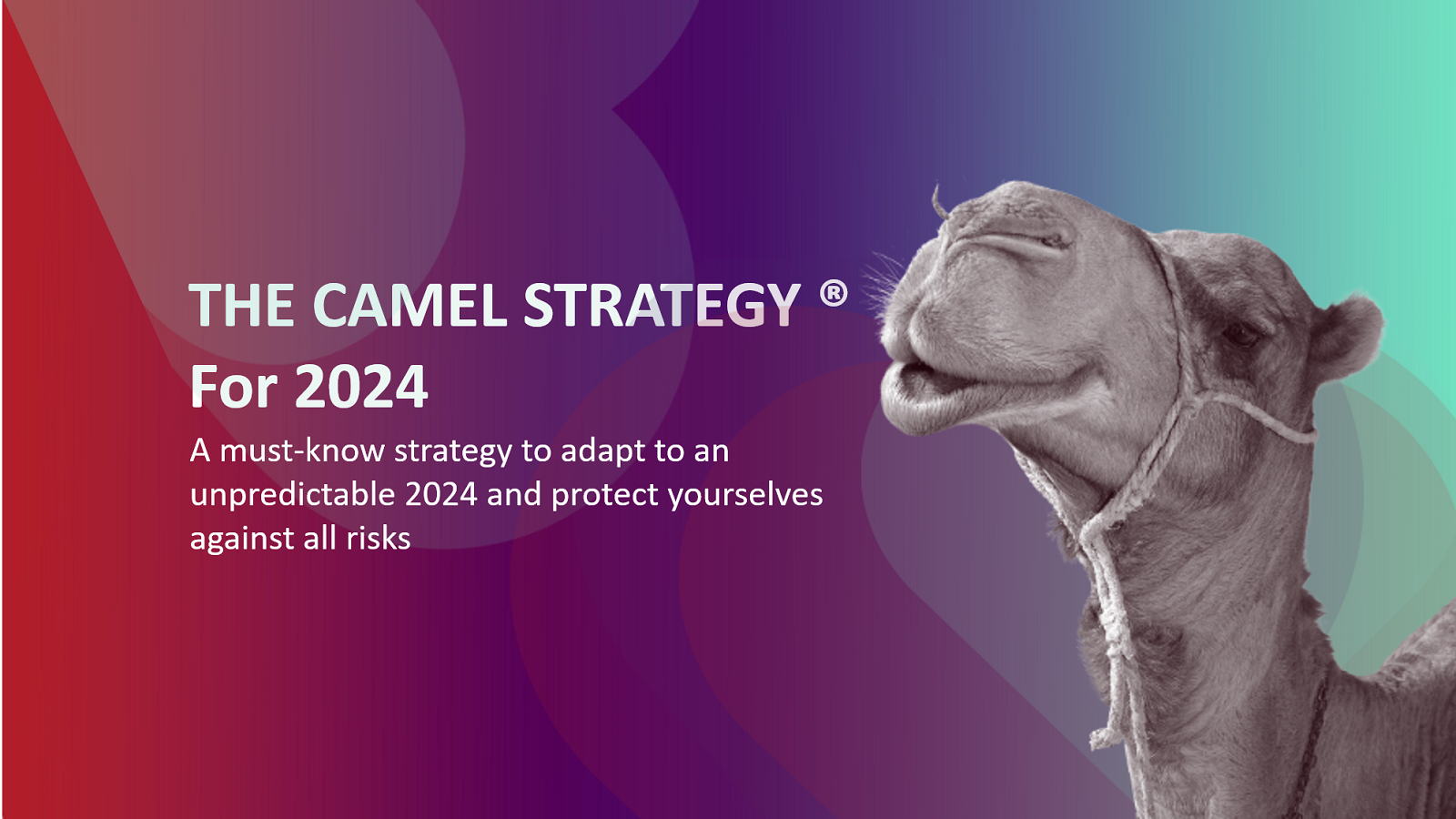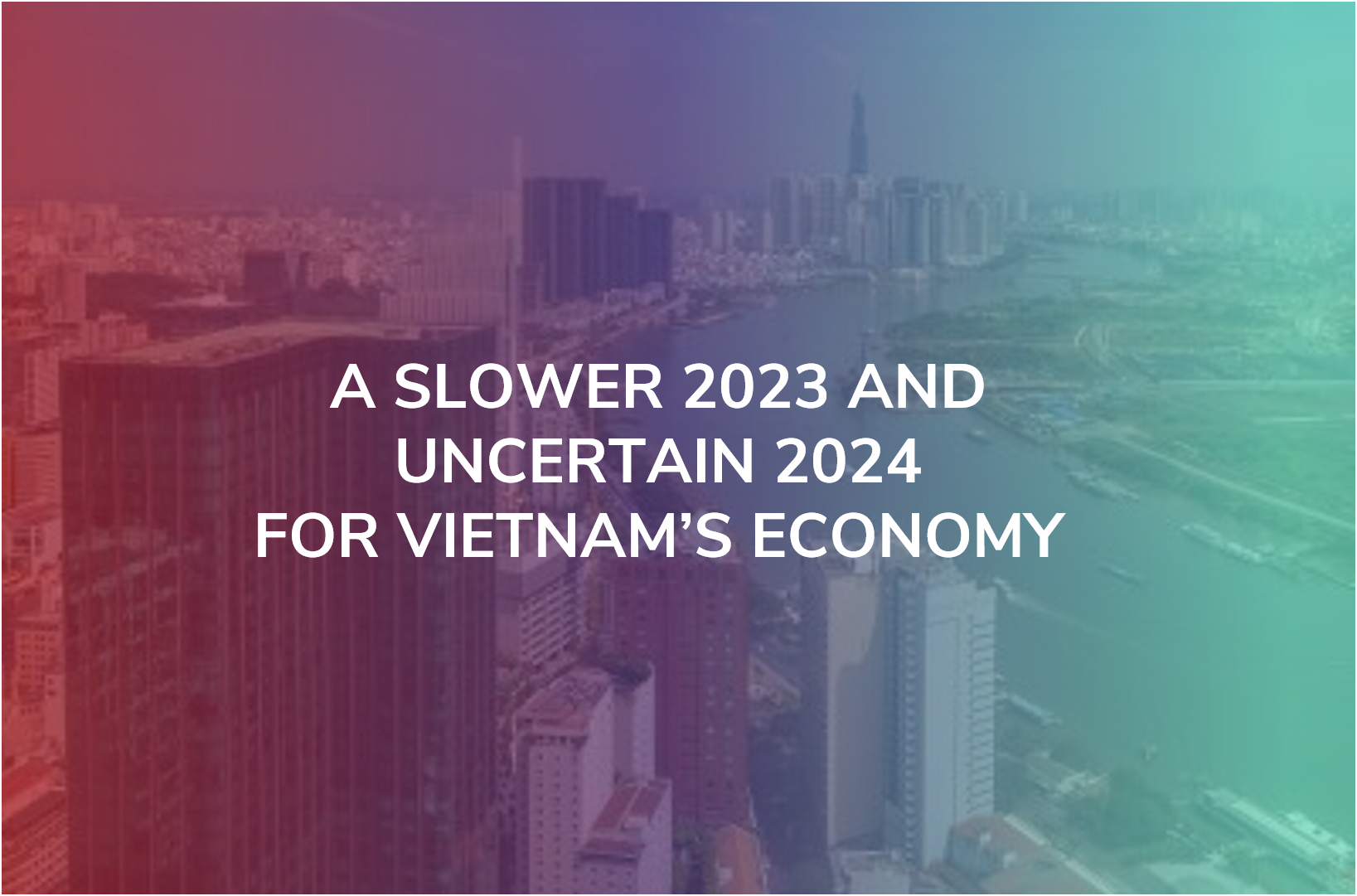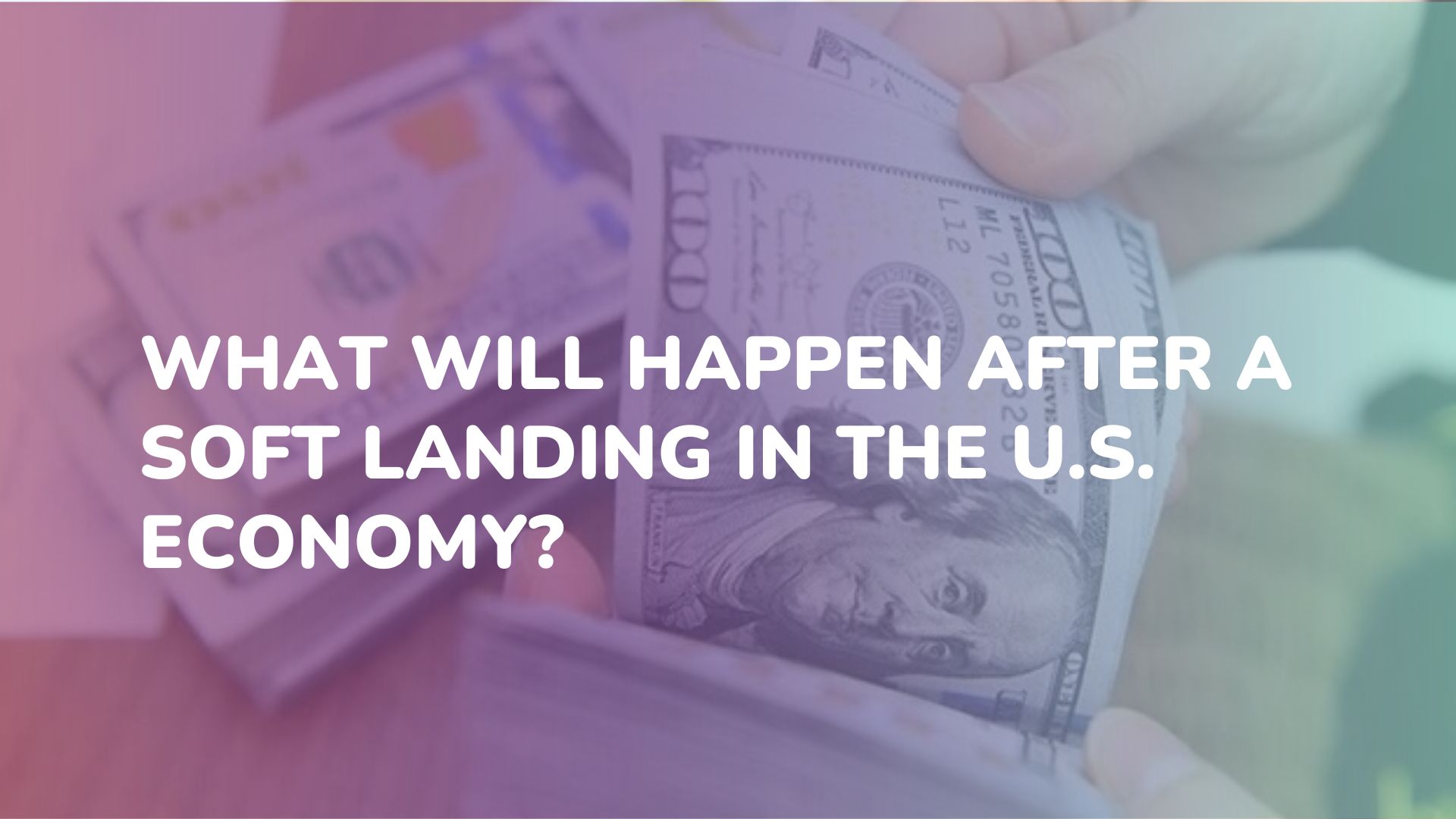Why You Should Treat Your Employees Like Your Most Loyal Customers
“Treat your employees as well as you do your best loyal customers, and your business will reap rewards beyond your wildest imagination.”
Entrepreneur Richard Branson, who is celebrated for running incredibly successful companies built around happy workforces, writes: “Your employees are your company’s real competitive advantage. They’re the ones making the magic happen–so long as their needs are being met.”

It’s tough to argue with Branson’s logic. Satisfied employees are simply more productive and more efficient. They tend to work harder, contribute more, and call in sick less. They feel empowered, appreciated, and are more loyal. They stick around so companies don’t have to spend as much time and money recruiting and training new workers. Happy employees also tend to rave about their workplace, which can often attract new talent. When job seekers are clamoring to work for a company, that company gets to choose the cream of crop to join their team.
“When people know we truly care about them–and not just about what we can get out of them–they tend to go the extra mile.”
Despite the obvious advantages of ensuring employee satisfaction, many organizations struggle with how to achieve that goal. According to a 2014 Aon Hewitt survey, only 61% of worldwide workers said they feel engaged at their jobs. Why aren’t the numbers higher?

I would suggest–despite their best intentions–most business leaders haven’t fully committed to making the changes necessary to move the needle on employee satisfaction. They have yet to cross the cultural chasm between seeing workers as servants of the organization and viewing them as deserving of the same levels of attention, dignity, and respect typically reserved for their highly valued customers.
“Leaders who are able to create sustainable, high-performance cultures over the long term see their primary purpose as serving the employees on their teams–not just the other way around,” said Matt Tenney, author of Serve To Be Great: Leadership Lessons From A Prison, A Monastery, And A Boardroom. “These ‘servant leaders’ realize that when people know we truly care about them–and not just about what we can get out of them–they tend to go the extra mile.”
SOCIAL COMMUNITIES AT WORK

The key to making this transition is to begin thinking about employee satisfaction. A great approach to this might be treating your employees as if they are your internal customers. This means moving beyond cheesy motivational posters and half-hearted spirit meetings. Today, some of the most successful companies are truly engaging their employees by applying many of the same philosophies and business practices used to enhance satisfaction with their external customers.
One of the most important places to start implementing this approach is with technology. Workers are also consumers who have been conditioned to expect 24/7-access to product information, service, and support. They’ve grown accustomed to interactive, self-service options that enable them to find information on their own, thus avoiding lengthy telephone wait times and uncomfortable conversations with sales or service reps.
Millennials have very little tolerance for long response times. They prefer instant gratification, and want information available to them from any mobile connected device at any given moment. According to an SDL survey, millennials touch their smartphones 43 times per day, and 30% admit to touching more than four devices over the course of 24 hours.
Note some important things to consider when creating an internal platform. Employees have pretty much the same expectations about quick and convenient access in the workplace as they do as a customer outside of it. They’re often seeking standard types of information and services such as: corporate news and financials; payroll and benefits records; IT support; directories of coworkers; and functional teams. Organizations typically provide all of this through static–and often disorganized–internal web portals that tee up basic information without enabling much human interaction or customization.
“Employees have pretty much the same expectations about quick and convenient access in the workplace as they do as a customer outside of it.”

Lately, more companies are building platforms that are introducing online social communities in the workplace. A few are even kicking it up a notch by adding powerful customer-service products typically reserved for external customers. The idea is to provide robust mechanisms that enable and encourage employees to connect with coworkers and service reps on their own, which ultimately reduces the number of internal support inquiries–saving time and money.
One of world’s leading oil and gas companies turned to a social customer service application to answer employee questions about using outside vendors. By consulting the company’s community, employees are able to get answers quickly from HR members, who can discuss policy, and from coworkers, who have previously sought outside vendors themselves. Because this particular customer service app plugs into the company’s customer relationship management (CRM), employees can also pull down statistical data on topics such as the most popular vendors at any given point in time and what they’ve been charging.
THE FUTURE OF EMPLOYEE ENGAGEMENT
Social customer service in the cloud is the wave of the future for employee engagement. Here are a few basic steps forward-thinking organizations should take if they want to “make the magic happen.”
1. BUILD THE PLATFORM
Select a CRM foundation that allows you to add a host of proprietary or third-party applications to service your internal customers. By building on a CRM platform, you are also providing access to business processes, data, and analytics, enabling your staff to be better informed when making important decisions.
2. ADD CUSTOMER SERVICE
If it’s good enough for your external customers, then it should be good enough for those inside your four walls. A number of extremely powerful customer-service tools are now available that enable real-time communication between employees and service reps.
By now, most of us know about Amazon’s Mayday button, which allows users to connect with an Amazon Tech adviser through a popup video on Kindle Fire Tablet screens. Similar technology is now making its way into other customer service applications, including Salesforce’s Service Cloud with its SOS for Apps button. These interactive features can significantly elevate the level of service you are able to give your internal and external customers, and should definitely be a part of your platform.
3. PERSONALIZE IT
As you build the platform and add communities and services, be careful not to overlook the benefits of providing your employees with customization options for their online environments. By setting up quick links to frequently visited content, selecting communities where topics of interest are discussed, and personalizing the look and feel of the sites, employees become more vested, engaged, and connected.
4. ANNOUNCE, ANNOUNCE, ANNOUNCE
Don’t go thinking, “If I build it, they will come.” Because chances are, they will come more quickly and consistently if you conduct some in-house marketing and advertising for the exceptional service options you will be offering to employees. From day one, as you map out the details of the platform, make sure you also have a plan for communicating the many benefits of your internal customer service system. Educate your staff on how to utilize it to its fullest potential.
5. MONITOR, MEASURE, AND MODIFY
As part of your marketing plan, include some sort of tracking mechanism for examining which areas of the platform are utilized, and which are not. Conduct surveys to test awareness, perceptions, and reactions to the platform. Then use that collective data to enhance and expand its functionality to better serve your company’s needs.
There you have it. Here are the tools and guidelines necessary to take your best practices for external customer engagement and successfully apply them to your internal customers–your employees. Get those employees’ heads in the cloud through superior service, and you are certain to elevate your company’s success to amazing new heights.
Source: https://www.fastcompany.com/3047366/why-you-should-treat-your-employees-like-your-most-loyal-customers
Metta Marketing
Leading Brand Strategy Consultant
SUBSCRIBE TO RECEIVE LATEST UPDATES ON MARKET AND MARKETING.
